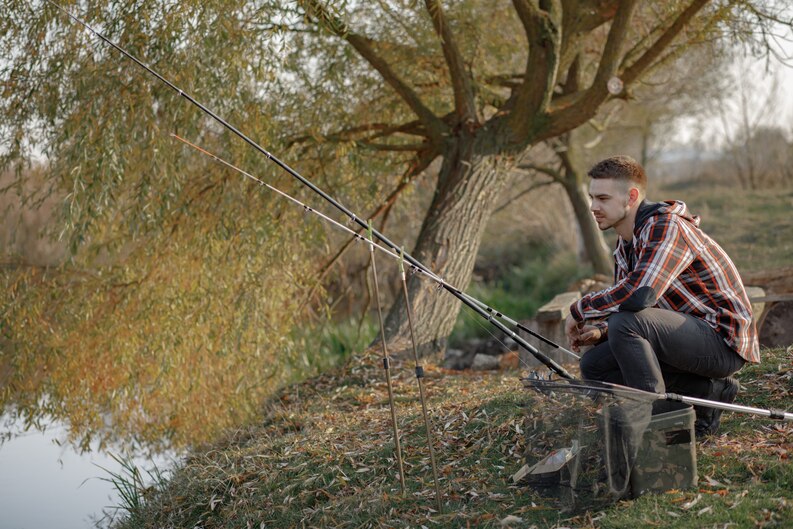Even though the economic conditions that are typically used in academic literature to define hunter-gatherer societies is human foraging behavior, it is neither restricted to these societies nor this objective. It includes utilizing various techniques, like hunting, fishing, and assembling, to separate normal assets.
It is applied to a wide scope of wild assets – sea-going and earthbound, plants, creatures, and minerals – even though at times it very well may be restricted exclusively to a portion of these assets, for example, the non-wood backwoods items. This blog post aims to demonstrate that while foraging is a common human activity, its objectives are changing over time.

Understanding Hunting for Sustenance
Today, Mayans exist as a social gathering in Mexico, Belize, Honduras, and Guatemala. The contemporary Mayan individuals of the Yucatán Landmass live in a cutting-edge world; Nevertheless, they continue to preserve their culture, customs, and knowledge of the past.
This cultural group transforms its natural environment based on a complex understanding of nature and natural systems, according to several studies. Their use of ecosystems as a whole, in addition to animals and plants, demonstrates this knowledge. Mayans with their environment over thousands of years led to these relationships.
This section aims to describe Mayan subsistence hunting in the Yucatán Peninsula as a method of utilizing biodiversity. This means hunting isn’t a movement separated from different types of asset use, which makes a unique that has seldom been contemplated. It is challenging to assess the level of extraction and its impact on wildlife populations due to the intricate interaction of social, economic, and natural factors.
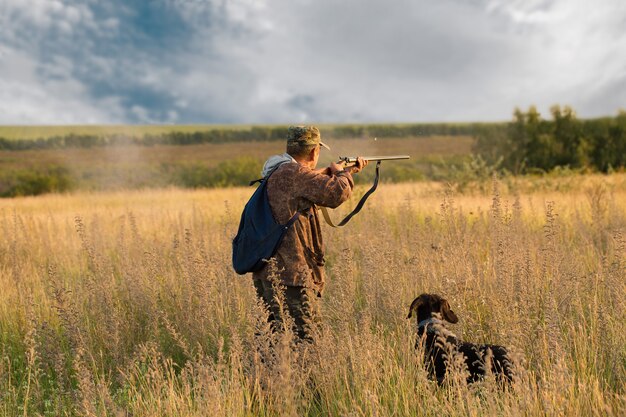
Foraging for Edible Wild Plants
Whether you’re trying to survive or just looking for something new to eat, you can find a wide variety of plants in the wild. Learn how to conduct the edibility test and identify edible wild plants. Here are some edible plants you can consume:
- Acorns (Quercus Spp): Acorns (Also known as oak nuts) are found on the oak tree. In North America, there are more than 100 different types of oak, and the seeds of a large number of them give food to the two creatures and people.
- Burdock (Arctium Spp): If you brush up against a flower pod on this plant that looks like a thistle, it can stick to your clothing. The root, blossoms of burdock, and even flower stalks, leaves are edible.
- Cattail (Typha Latifolia): Native American tribes used cattails, a type of reed that grows in waterways all over North America, for a variety of purposes. Eating cattails will provide you with some dose of phosphorus, potassium, as well as vitamin C.
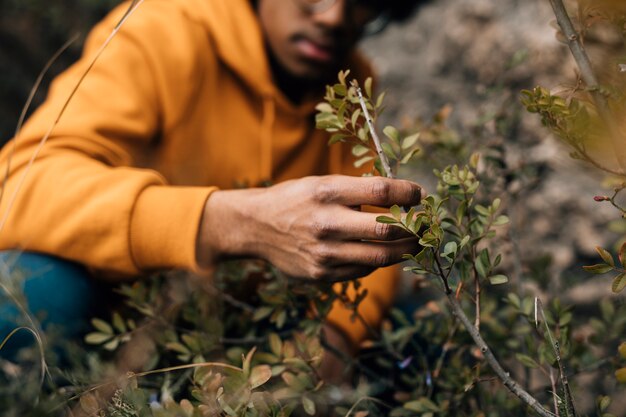
You can use the edibility test to see if any wild plants and berries you find are likely safe to eat. There are a number of steps in the test that gradually expose your body to more plant contact.
Trapping & Snaring for a Survival
Snares are a useful tool for capturing small to medium-sized game animals in survival trapping. Catches are basic yet powerful gadgets that utilize a noose or circle to get and limit creatures. This is the thing you want to realize about involving catches in an endurance circumstance:
- Understanding the Basics: Get to know the basic parts of a catch, including the fundamental catch circle, support wire, trigger component, and anchor point.
- Location is Key: Choosing the right area for your catches is critical. Tracks, game trails, or animal droppings are all indicators of animal activity. Concentrate on locations where it is likely that animals pass by or frequent.
- Snare Replacement: To ensure that the animal’s head or body will pass through the loop when triggered, position your snare at the right height and orientation.
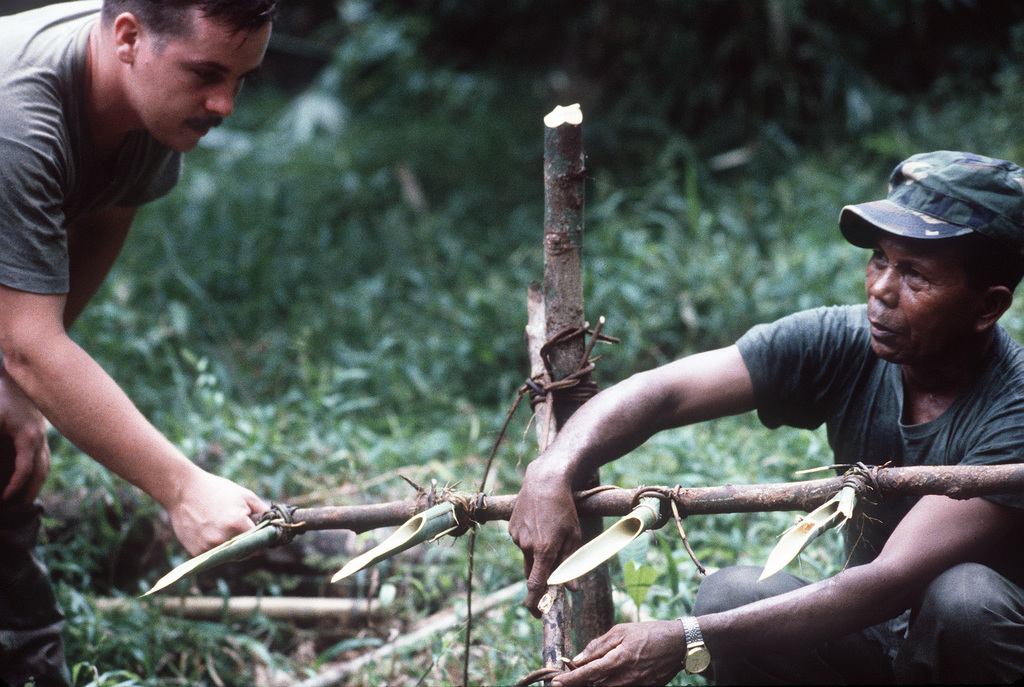
In a survival situation, snares can be a useful addition to your toolkit for trapping animals for food because they offer an effective and passive method. Notwithstanding, it’s critical to focus on well-being, moral contemplations, and regard for natural life while using catches or any catching strategy.
Food Preparation & Preservation
Appropriate food readiness and conservation strategies are fundamental abilities for anybody associated with strategic food acquisition. It is essential to ensure the safety and longevity of your food supply when hunting, foraging, or trapping for food. Consider the following central issues:
- Cooking Methods: Explore a variety of cooking techniques, such as grilling, roasting, or stewing, that are suitable for wild game and foraged plants.
- Food Storage: Comprehend the significance of legitimate food stockpiling to forestall decay and tainting. Make use of methods like smoking, canning, and drying.
- Limited Storage: Take advantage of restricted assets in endurance circumstances, for example, ad-libbing cooking tools or using normal refrigeration strategies.
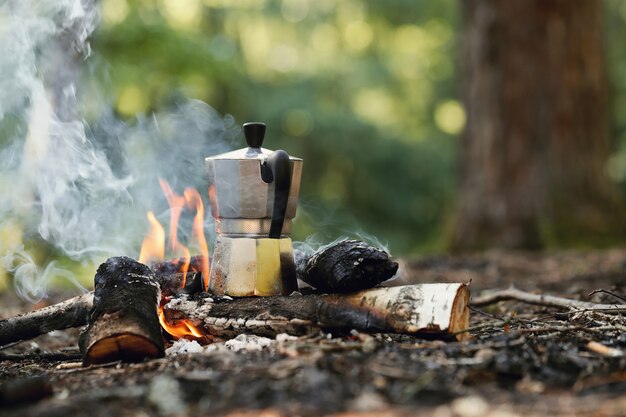
Generally speaking, dominating food planning and protection abilities improves your confidence in the wild and guarantees a feasible food supply in testing conditions.
Wrapping It Up
This article investigates strategic techniques for food acquisition, including hunting, scavenging, and catching food. It highlights the Mayan people of the Yucatán Peninsula’s use of their natural environment for subsistence hunting and the ever-evolving goals of foraging behavior. The significance of distinguishing consumable wild plants and directing edibility tests is underlined, with instances of normal edible plants given.
The use of snares to catch small to medium-sized game animals in survival situations is also discussed in depth in this article. Furthermore, it addresses the meaning of food planning and safeguarding methods for guaranteeing a reasonable food supply.

